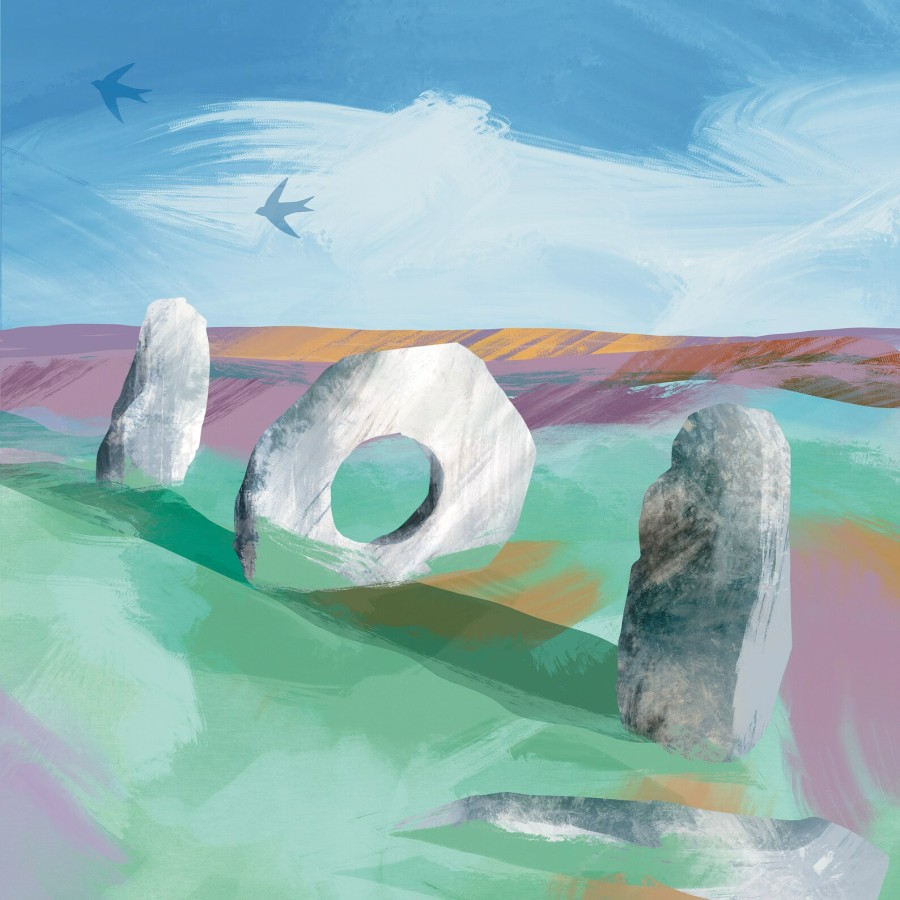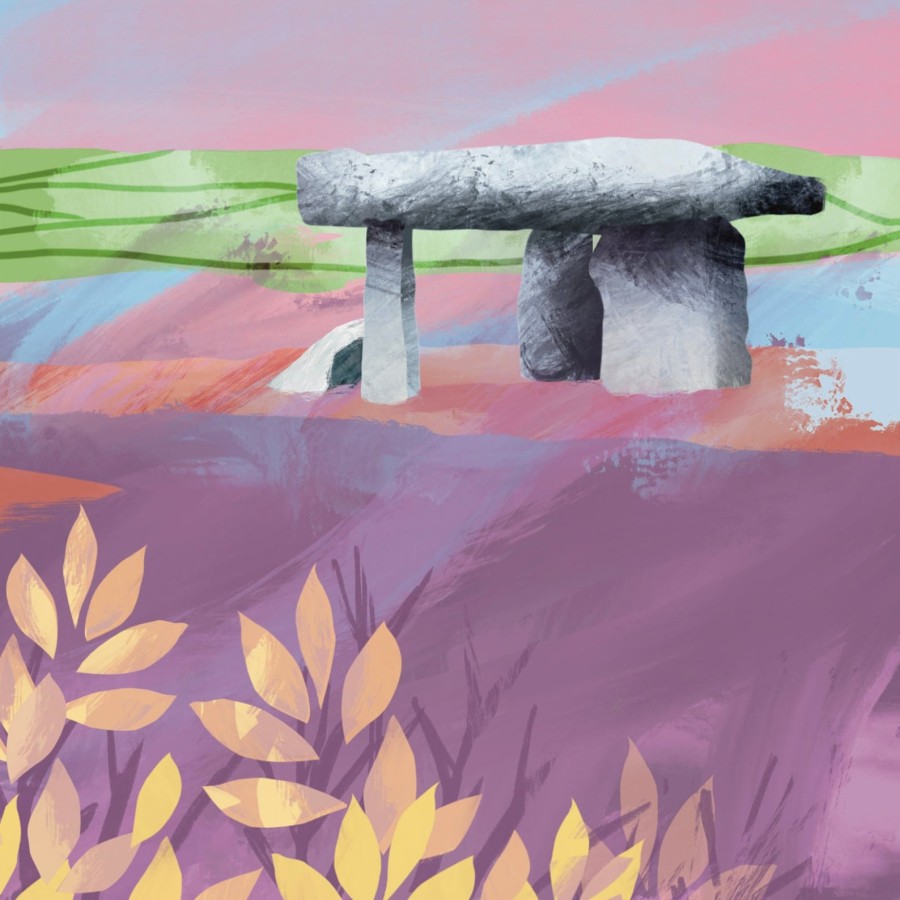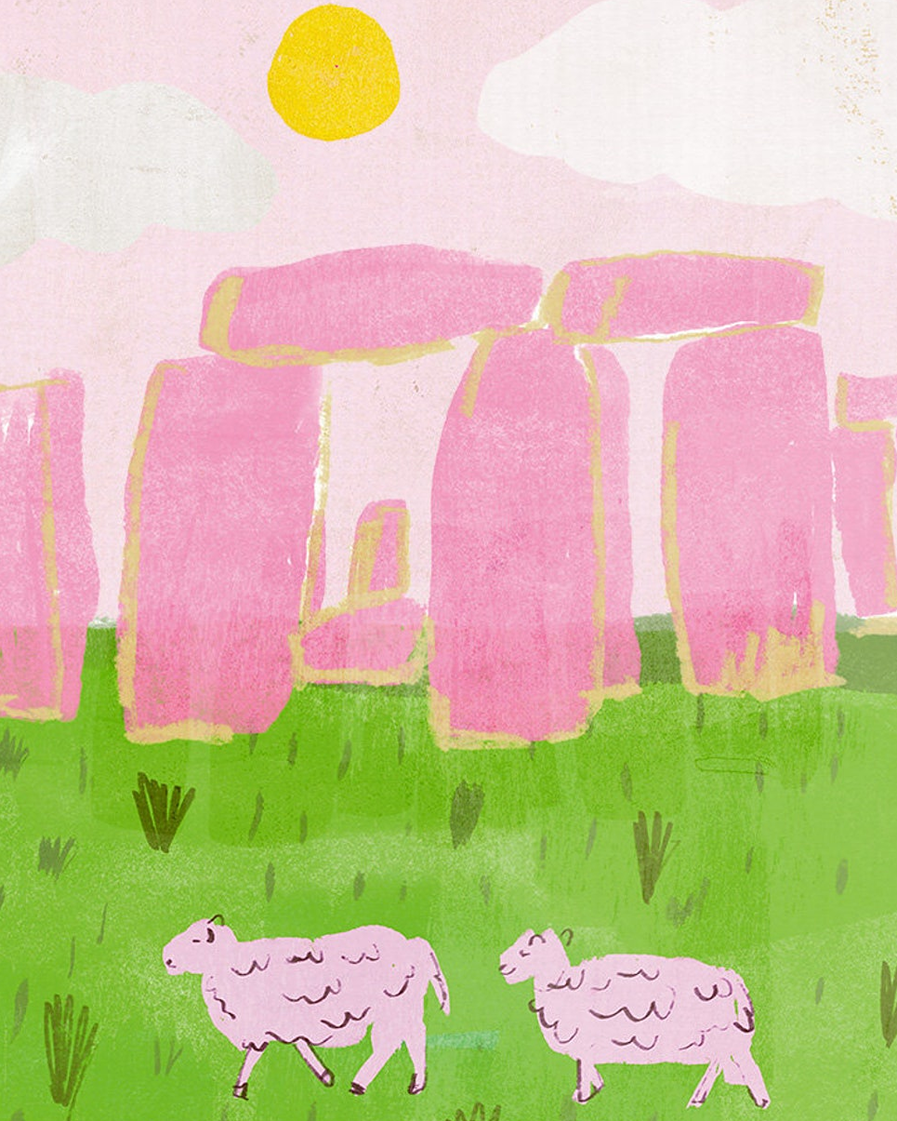England’s Ancient Monuments and Standing Stones

England is a much older country than say Italy (only just over 200 years old). So we have quite a few prehistoric monuments! You can find a full list of these at English Heritage, if you’re a bit of a history buff. You’ve likely heard of Stonehenge, but there are many more. Let’s a meet a few old relics!
Discover the Ancient Standing Stones of Cornwall

Cornish standing stones (menhirs) are megalithic marvels, each with their own stories to tell. Dating back to the Neolithic and Bronze Age, they vary in size from humble markers to towering monoliths.
Lanyon Quoit is the most photographed of all the standing stones in Cornwall. However, it’s the least authentic, as the original collapsed in storm back in 1815, so it’s kind of a new version! It’s thought that too many people kept digging underneath to find treasure, that possibly never existed!

Typically fashioned from granite or slate, you’ll often find them in groups, forming circles or avenues. Perhaps the local red kites flying above these ancient stones (mostly found in the southwest) are the only ones who know exactly why they were built?
More Standing Stone Legends of Cornwall
- The Merry Maidens: girls who were turned to stone, for dancing on a Sunday!
- The Blind Fiddler with them, was also turned to stone.
- The Piskies: A legend tells of a Piskie who swapped a child with a changeling (a supernatural Celtic being), and the parents were able to reverse the spell by passing the changeling through the hole in the Mên-an-Tol stone.
The Mysterious History of Stonehenge

Standing on Salisbury Plain, Stonehenge is an ancient circle of stones, likely built over 4000 years ago. Nobody is quite sure why the stones are there, nor how they got there (possibly by water, back in the day).
It is said that the stones could be burial stones, or even that they were some kind of astronomy formation. Bath’s Royal Crescent is said to be influenced by the design.
There are two main types of stones at Stonehenge: sarsen stones and bluestones. The large sarsen stones weigh up to 25 tonnes and were probably dragged from Marlborough Downs, about 20 miles away.
The smaller bluestones came from the Preseli Hills in south-west Wales, more than 150 miles away. Moving these stones across rivers, hills, and fields without modern machines shows the builders’ planning and skill.
Although often celebrated at Summer Solstice, some of the ‘hippies’ that visit are not so earth-friendly. Many have been banned by the local council, for leaving too much litter.
Nearby, Avebury Stone Circle is not as well known, but this stone circle is just as remarkable. Dating back to around 2600BC, it sits around the village of the same name. And while Stonehenge is fenced, here you can walk up to the stones, and touch them to say hello!
Ring of Stone Circles: Exploring Neolithic Cumbria

Ring of Stone Circles is a book exploring Cumbria’s own ‘Stonehenge’, neolithic remains set in stone by ancient ancestors. Just like Cornwall’s ‘standing stones’, this northwest county boasts many ancient relics of its own. If you’re wondering who these beauty birds are on the cover, they are endangered curlews.
England’s tallest mountains are ringed by almost fifty circles and henges, many sited in foothills or outlying plateaux. But why were these built? Where they astronomical, burial sites or simply meeting places?
Join the author as he searches for hidden stories that these great monuments guard, or might reveal, if we get to know them.
Stan L Abbott is a writer on the outdoors and conservation. He has written many books on local history, travel and walking. He is a member of the Outdoor Writers & Photographers Guild, and led a rail restoration group in Yorkshire.
Castlerigg is the main set of stone circles in Cumbria, believed to be 5000 years old. Made from local volcanic rock, it has 38 remaining stones with a rectangle ‘sanctuary’ of 10 stones inside. It’s on a hill near Keswick, with views of surrounding mountains. It’s legally protected, and managed by the National Trust.
Swinside Stone circle aligns with the midwinter sunset, so presumably had something to do with nature and the solstices. And Casterton Stone Circle has been found with drinking vessels by archaeologists, obviously a fun place to be, before the advent of Cumbrian pubs!






